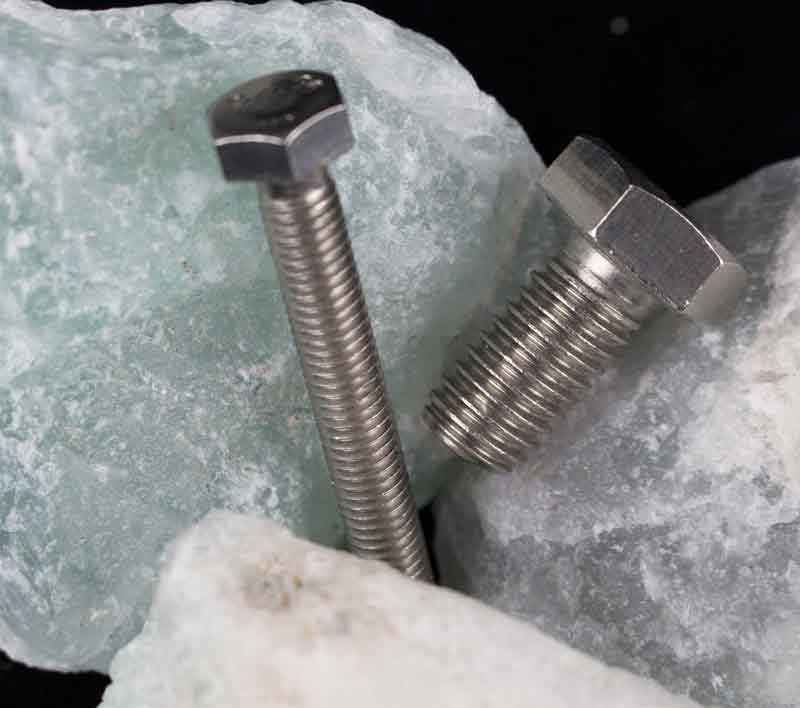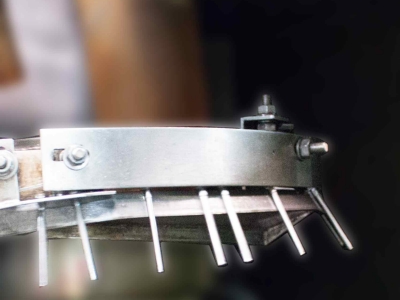Stainless steel screws
Nuts and bolts are fixing elements used to temporarily or permanently fasten things together. These are an essential element within technology and a system which may be disassembled at any time.
The Archimedes screw is dated from 297 BC – 121 BC, though there are theories that nuts and bolts were used in 2055 BC, in Ancient Egypt, mainly in dams.
Archimedes invented a mechanism to transfer water which facilitated irrigation, and also the extraction of water from ships. A screw fitted into a cylinder, with a handle on one end and the other inside the liquid, caused the mechanism to rotate raising the liquid up and out through the helicoid.
In the Middle Ages, screws and nuts made of metal were manufactured on demand and were used to fix armour and shields. With the invention of the printer, handcrafted wooden screws were used, then with Industrial Revolution different materials and large-scale production was developed. To avoid the production of such different pieces because standardization of measures did not exist, Joseph Whitworth, of English nationality, suggested one universal die head for all screw threads regardless of the manufacturer or country of origin.
Screws, cylindrical or conical metallic pieces, with a spiral groove and a head with a slot for the screwdriver blade; and nuts usually made of metal, with a circular hole in the helically shaped centre that is fitted to the thread of the screw to fix it in place, are manufactured in a myriad of materials and sizes nowadays.
Among the different materials, stainless steel should be highlighted because of its high resistance to corrosion, cleanability and good behaviour in high and low temperatures. A rusty screw is a weak one, a great risk to safety.




